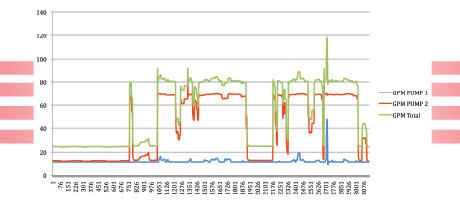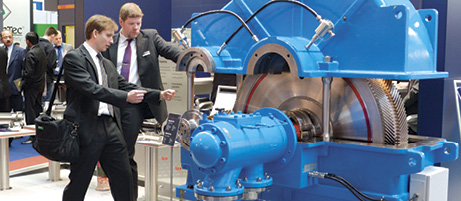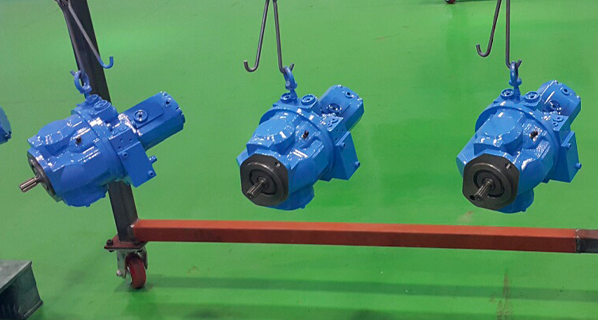Don’t Bring a Cannon to a Rabbit Hunt

How much power do you hold in that air gun in the palm of your hand? If you are the typical compressed air user, you will have no idea; most people think compressed air is free. But surprisingly, the production of compressed air has significant costs; in fact, in terms of how much power goes into an air compressor compared to what comes out, this common utility is very expensive.
A quick test: if you wanted to clean dust from the top of your tool bench, what would you use?
- A dust cloth
- Compressed air gun
- Fractional ¼-hp electric blower
- Five (5)-hp turbo blower
Considering a 5-hp electric motor is over 100 lbs and consumes considerable power, that choice seems quite ridiculous, but in terms of electrical cost it is equivalent to the compressed air gun. You may be unaware that it takes about 5 hp to generate the compressed air consumed by a typical large compressed air blowgun, and the actual mechanical energy you get out to displace almost weightless dust is miniscule. This is a real-life example of “bringing a cannon to a rabbit hunt.” But in this case, the rabbit doesn’t get blown to smithereens; your energy bill takes a hit.
It theoretically takes about 7 to 8 hp of electrical power to produce one hp of mechanical energy at a compressed air consumer. Due to the laws of physics, when air is compressed to produce potential energy, most of what comes out is heat. A small fraction of the energy can be used to drive electric tools and equipment. In fact, when the air expands back out to atmospheric pressure, the heat must return.
The word “theoretically” was used in the previous paragraph because the statement does not reflect real-world conditions. The energy ratio mentioned is in laboratory conditions. A real compressed air system has losses—leakage averaging 20 to 30%, inappropriate use, excess demand due to higher than required system pressures, and inefficiencies in how the compressors operate. In real life, the actual energy input compared to what you get out can be as low as 2%. This usually makes the use of compressed air systems the least effective way to do any work in your facility.
Companies that want to become more competitive in the marketplace have realized that compressed air is costly and are taking steps to minimize the use in their day-to-day operations.
And air guns are not the most costly consumer. Other items may even waste more:
- Compressed air-driven motorized devices, especially end uses that operate continuously like air motor mixers or permanently mounted air tools, are very expensive to operate compared to direct drive electric devices.
- Air-driven diaphragm pumps consume much more energy than electric-driven units and strangely consume more energy when pumping empty.
- Cabinet coolers using a flow of compressed air or air-driven vortex variety use significantly more electrical power than a simple fan or refrigerated cooler.
- Compressed air-powered humidifiers, used to condition the workspace, consume huge amounts of energy compared to high-pressure water humidifiers.
- The use of compressed air for breathing air in painting areas or welding shops is much more energy intensive than using low-pressure blower supplies or proper ventilators.
- Agitating or mixing liquids consumes high levels of energy compared to using low-pressure sources.
- Drum vacuum cleaners powered by compressed air are very inefficient compared to electric units.
- Compressed air-powered ring jet nozzles that move atmospheric air by introducing a high-velocity stream of compressed air costs significantly more to run than an electric fan.
- Drainage of compressed air using timer-style drains, or worse, crack open valves expelling a constant stream of compressed air, wastes energy.
- Leakage of compressed air in poorly maintained piping systems is a typical consumer of air and something that can be fixed. Turning off the compressed air system at night and on weekends reduces the waste caused by leaks.
Attention to inappropriate usage and waste in your compressed air system can save you big dollars due to the high energy cost of compressed air. Work to optimize your system to get the best bang for your buck.
By Ron Marshall for the Compressed Air Challenge
Learn more about inappropriate uses of compressed air at one of the Compressed Air Challenge seminars or download a fact sheet from the website library. For a schedule of events, visit www.compressedairchallenge.org.







